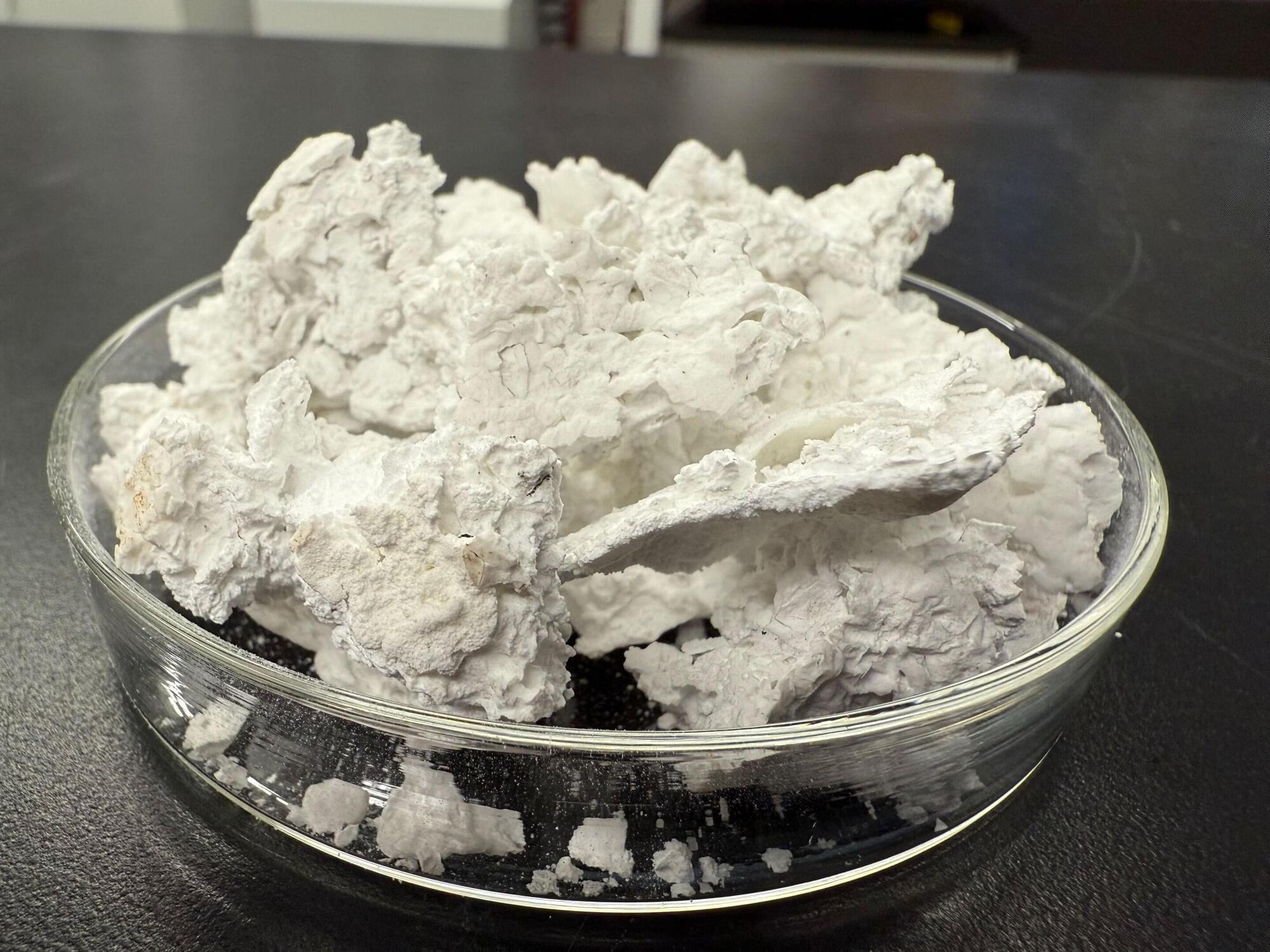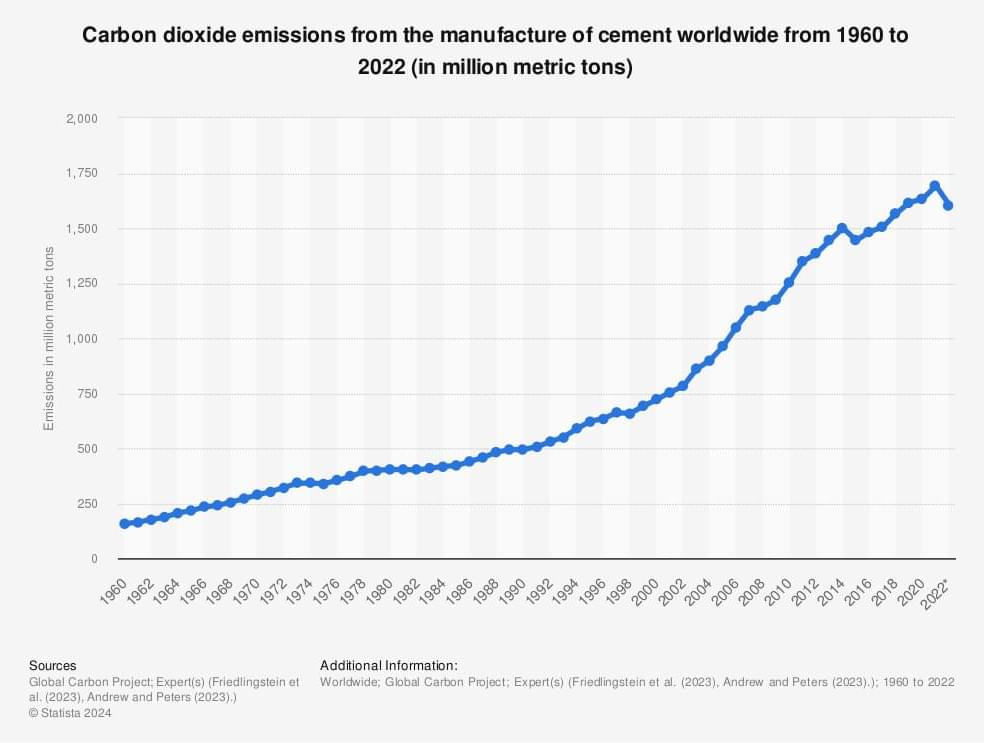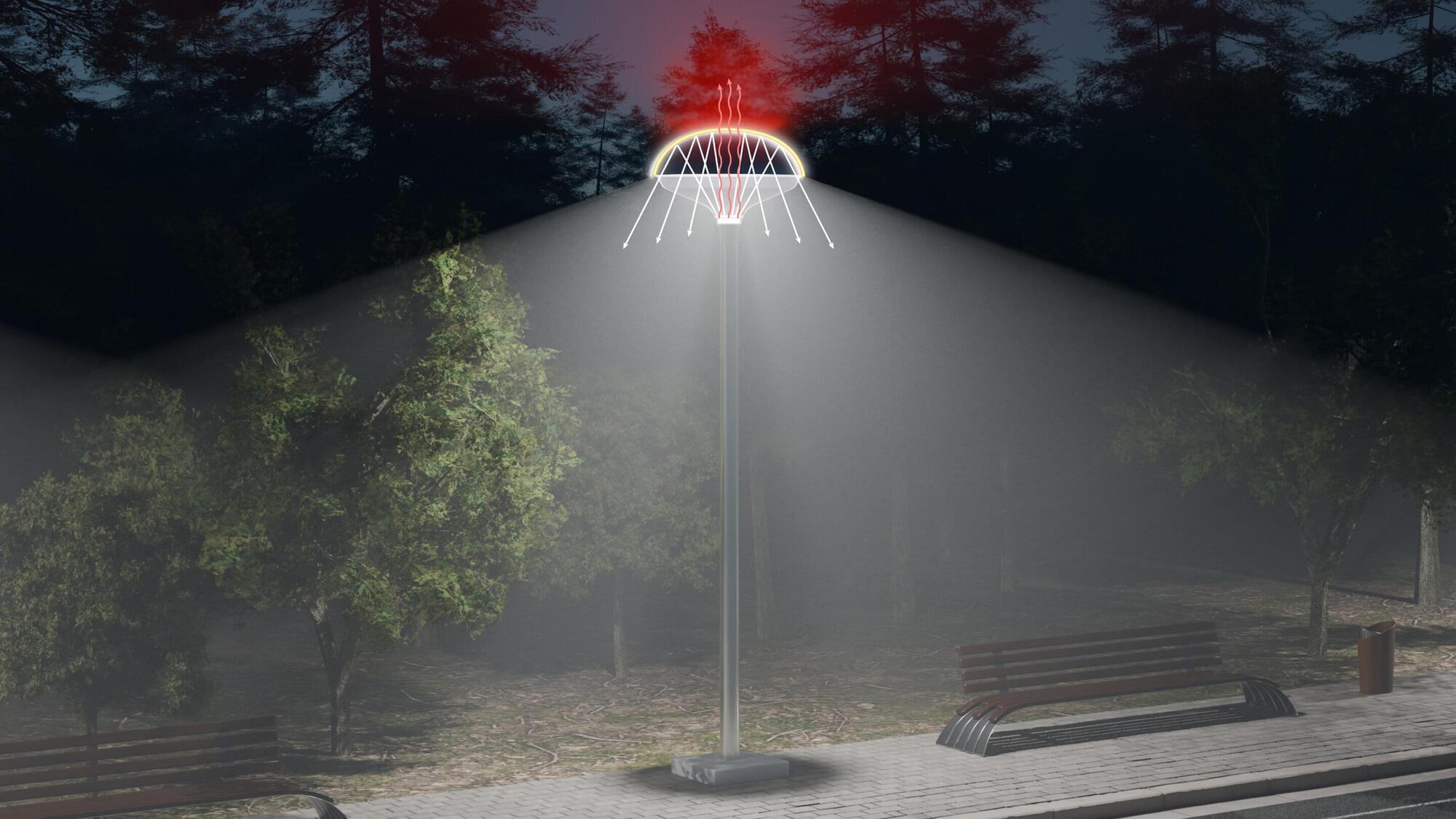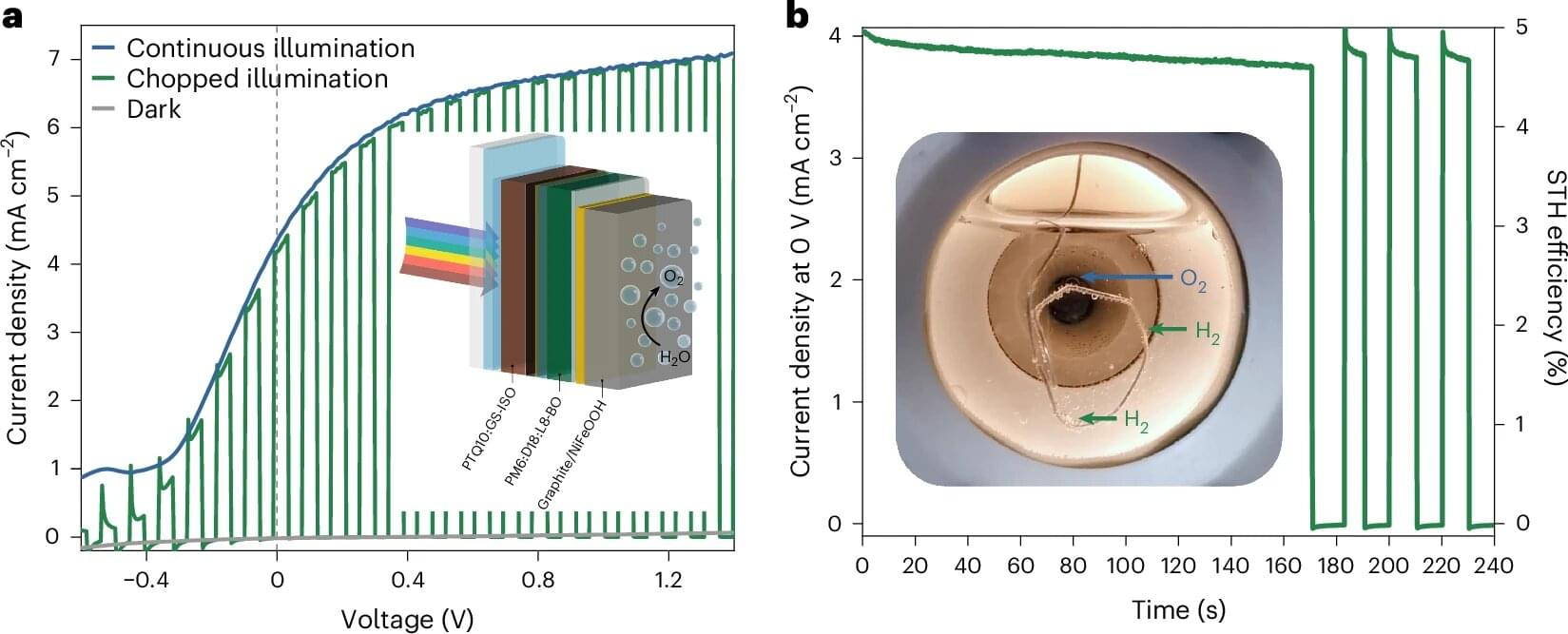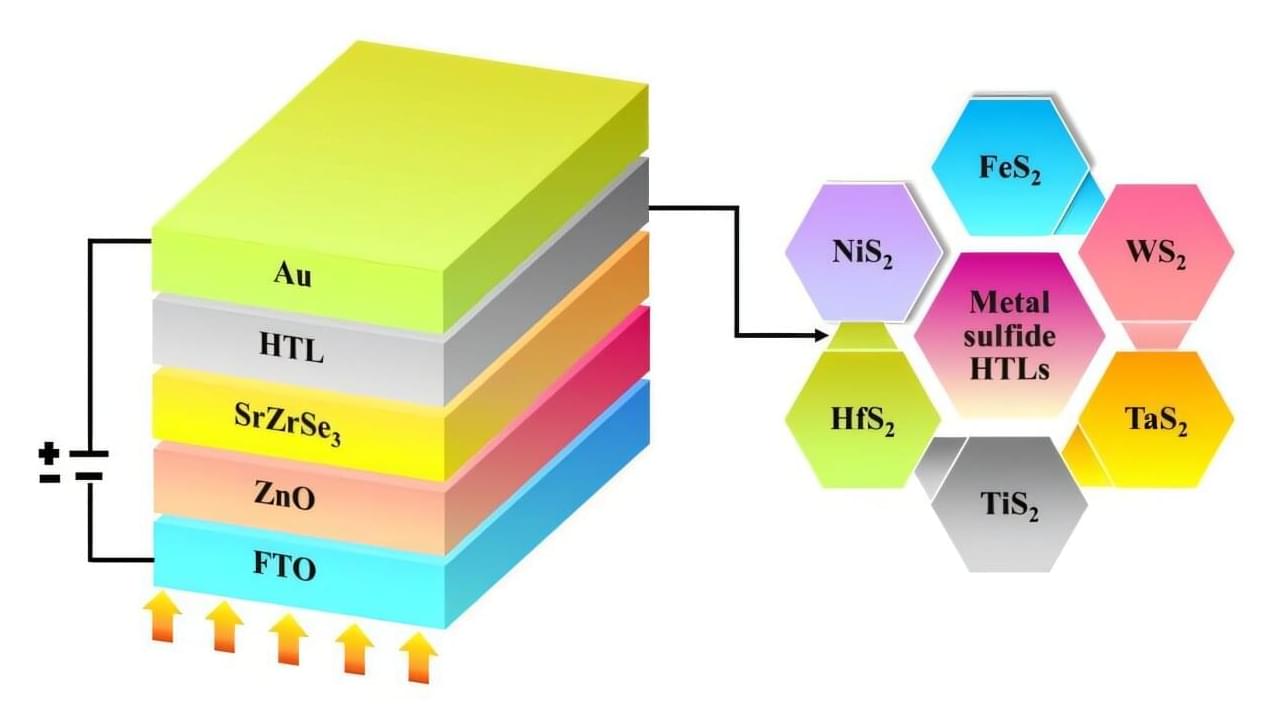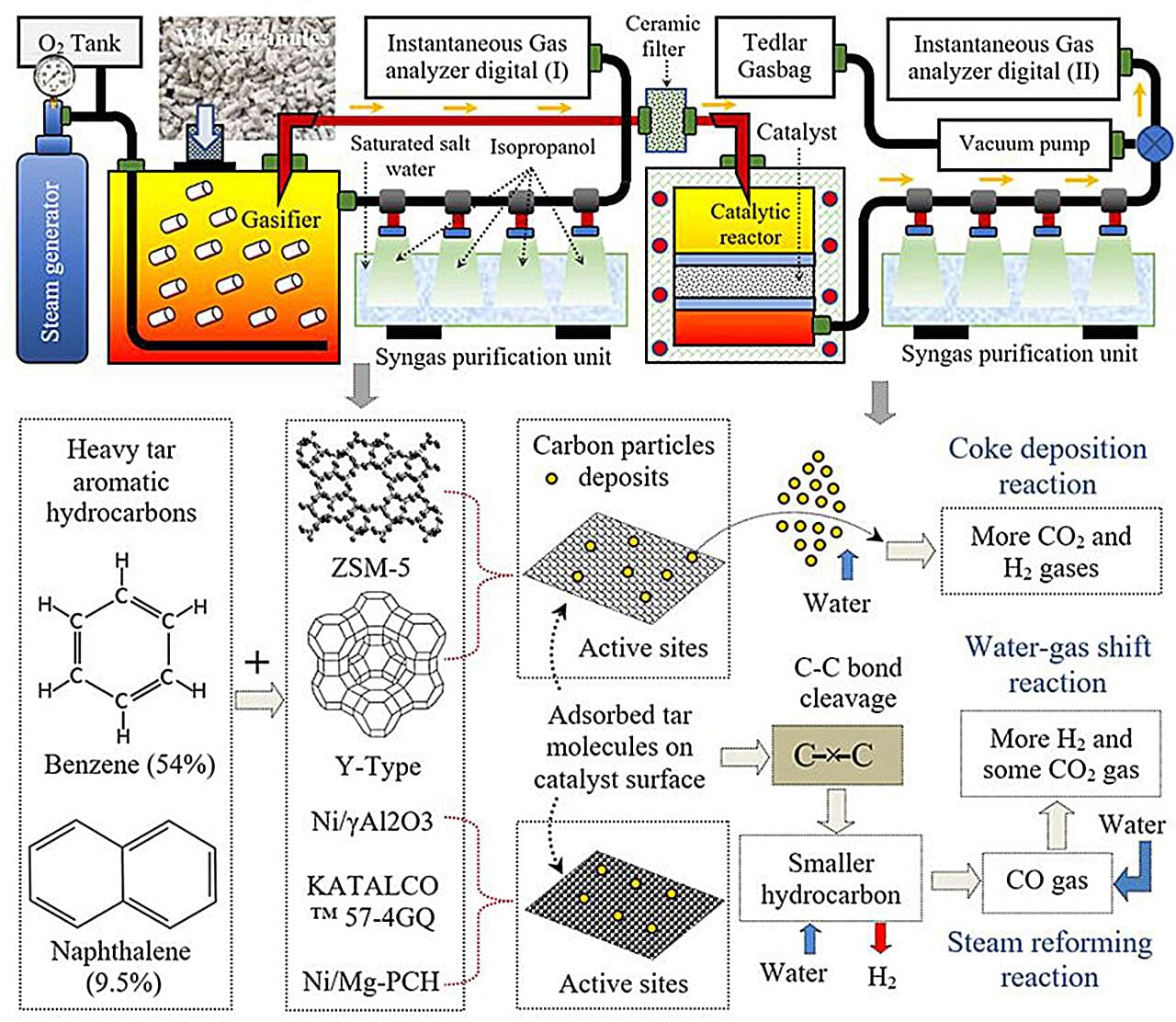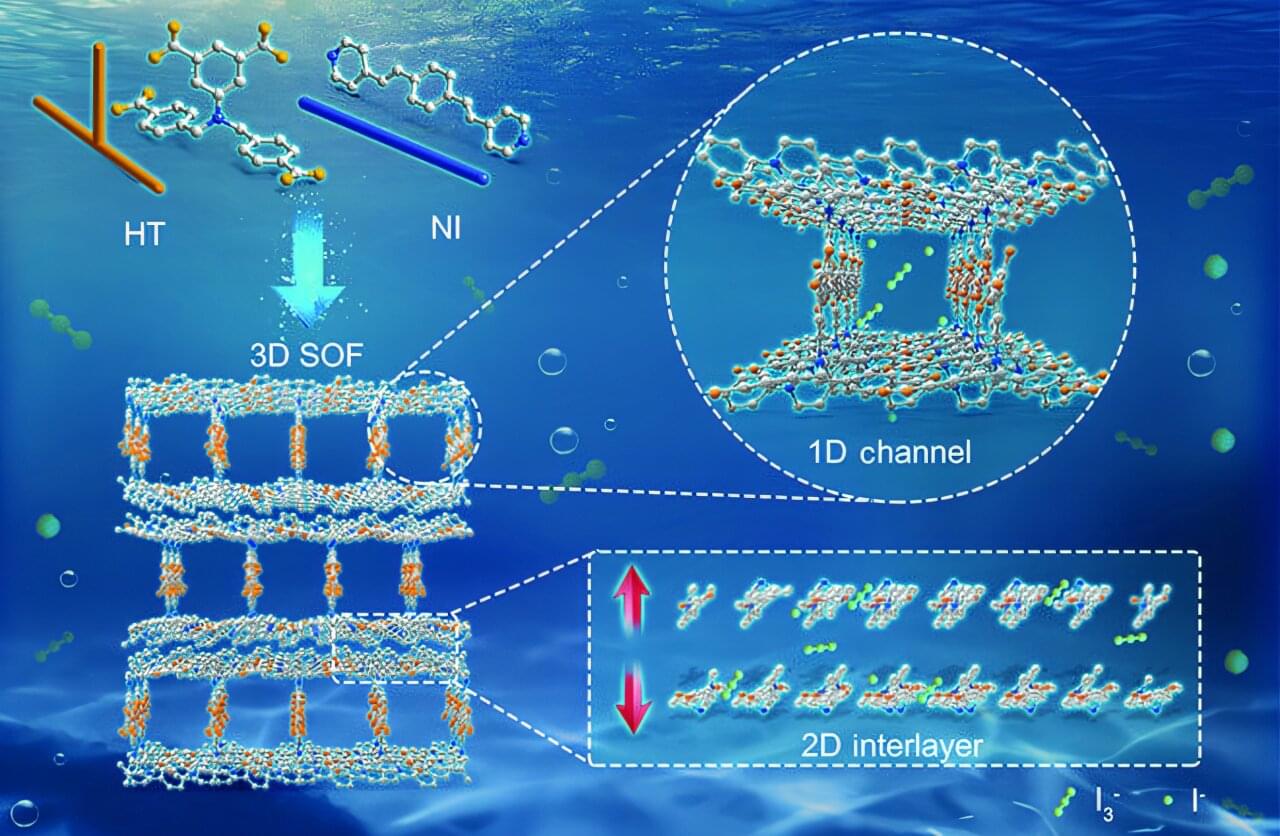Access to freshwater is changing rapidly, with water stress affecting billions of people and countless businesses each year. Droughts and floods are becoming more frequent and severe, water pollution continues to rise and, without urgent action, we will soon reach a tipping point. This report outlines key pathways to strengthen water resilience, through private sector and multi-stakeholder action, and secure the future of water for society and the global economy.
Every industry depends on water. This makes water resilience not just an environmental concern, but a cornerstone of economic stability, business continuity and prosperity. Rising demand, driven by population growth, shifting consumption and the energy transition, is further straining resources. With an economic value estimated at $58 trillion, water’s critical importance and the scale of the challenge cannot be overstated.
No company or government can build water resilience alone. The World Economic Forum’s Water Futures Community brings together public and private sector sectors leaders to accelerate investment and action. In collaboration with McKinsey & Company, this report offers a systems approach for our community of partners to strengthen water resilience and highlights opportunities for collective action to accelerate solutions at scale.


